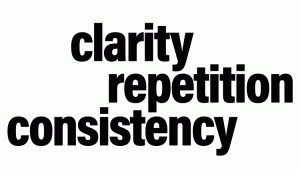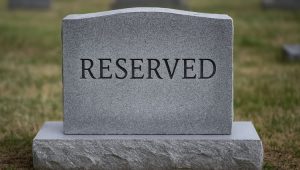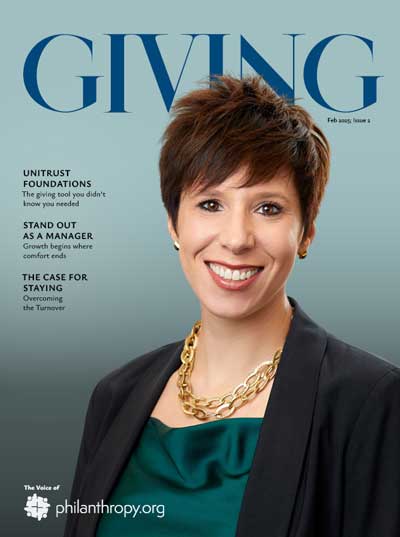
Career Insurance
Someone is Googling you right now—your next employer, a board member, or a major donor deciding whether you’re strategic enough to trust. What they see in ten seconds can determine your entire career arc. Planned giving is the quiet filter that separates tactical fundraisers from institutional leaders. Without it, you look incomplete. With it, you gain authority, momentum, and the ultimate advantage: career insurance.









